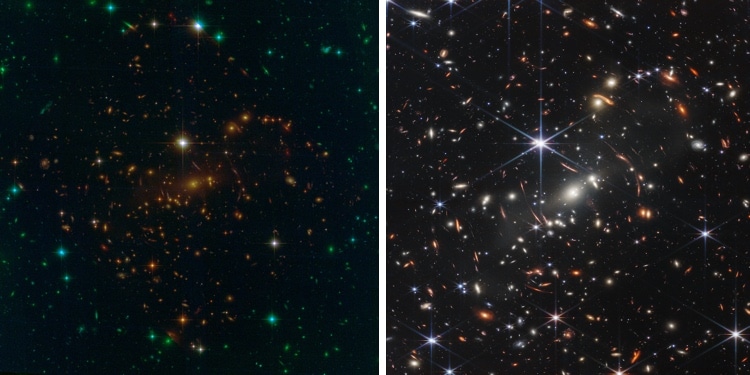
Hubble Space Telescope (left) and James Webb Space Telescope (right) view of SMACS 0723 Galaxy Field.
When NASA revealed the James Webb Space Telescope’s first images, it was a jaw-dropping moment for anyone who loves astronomy. The detail and clarity of the photographs are astonishing, and Webb’s ability to peer into deep corners of space like never before is thrilling. With the release of these images, the world can compare Webb’s capabilities to that of the space telescope we’re most familiar with—Hubble.
Launched in 1990, the Hubble Space Telescope is still operational and is maintained in space by astronauts thanks to its low Earth orbit. According to NASA, since it officially began development in 1977, Hubble has cost $16 billion (adjusted for 2021 inflation). This doesn’t take into consideration deployment and repair missions. In comparison, James Webb—which took 20 years to build—cost NASA about $10 billion.
Though there’s a common misconception that the Webb telescope was developed to replace Hubble, that’s simply not the case. The telescopes work differently and are intended to complement one another as long as Hubble also remains operational. While both Webb and Hubble are reflecting telescopes, key differences give them different views of the universe.
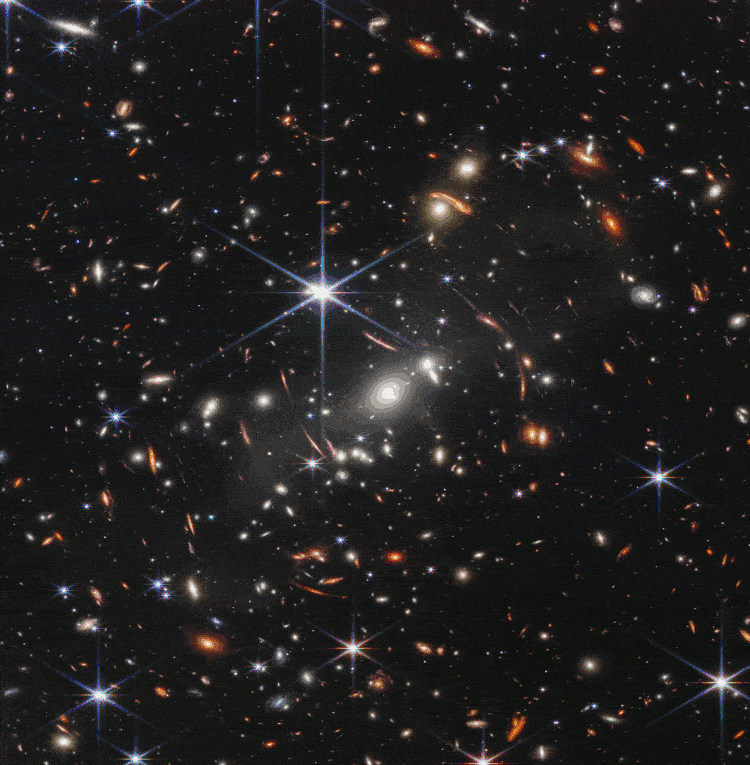
Overlay of Hubble and Webb Space Telescope’s view of SMACS 0723 galaxy field. (GIF via reddit)
Webb has a 21.3-foot primary mirror, which allows it to collect much more light than Hubble’s 7.9-foot mirror. This difference is important because Webb’s large mirror can gather longer and more distant wavelengths of light, which means it can perceive objects 100 times dimmer than Hubble. Designed to capture infrared light, or thermal radiation, Webb needs to be much colder than Hubble. For this reason, its orbit is four times farther from Earth than Hubble’s.
While this distance gives Webb its powerful infrared imaging capabilities, which allows for a deeper look at the universe than Hubble’s visible-light images, it does make it out of reach for servicing. The fact that astronauts have been able to maintain Hubble over the years has certainly extended its career. For Webb, the lack of possibility for repair missions could be a potential issue.
But for now, we can say that Webb’s first images have shown how NASA’s newest space telescope is performing above and beyond Hubble. As Hubble has also imaged the same areas shown in Webb’s initial color photos, it’s possible to compare them, and when one does, the results are astounding. Areas of dust for Hubble have been magically transformed as Webb’s infrared cameras clear the way to show us what lays below. And areas that appear blank in Hubble are actually filled with rich detail when Webb’s mirror pulls light from dim objects. Take a look at these comparison images and GIFs to see the difference for yourself.
The Hubble Space Telescope has photographed the Carina Nebula many times.
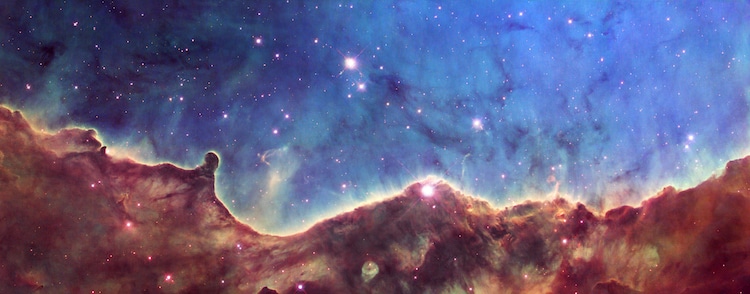
Carina Nebula imaged in 2008 by Hubble Space Telescope. (Photo: NASA, ESA, and The Hubble Heritage Team (STScI/AURA))
But this area, which gives birth to many stars, bursts with new detail thanks to Webb Telescope’s near-infrared camera.
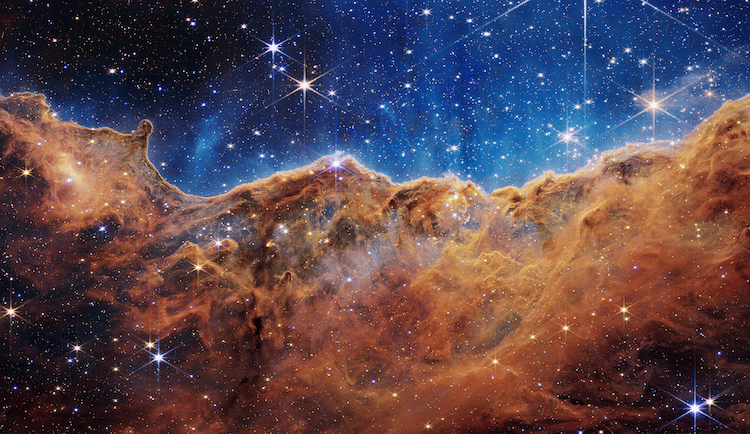
“Cosmic Cliffs” in the Carina Nebula (Photo: NASA, ESA, CSA, STScI)
Check out the comparison.

Hubble’s photo of Stephan’s Quintet, taken in 2009, shows a wide range of colorful stars.
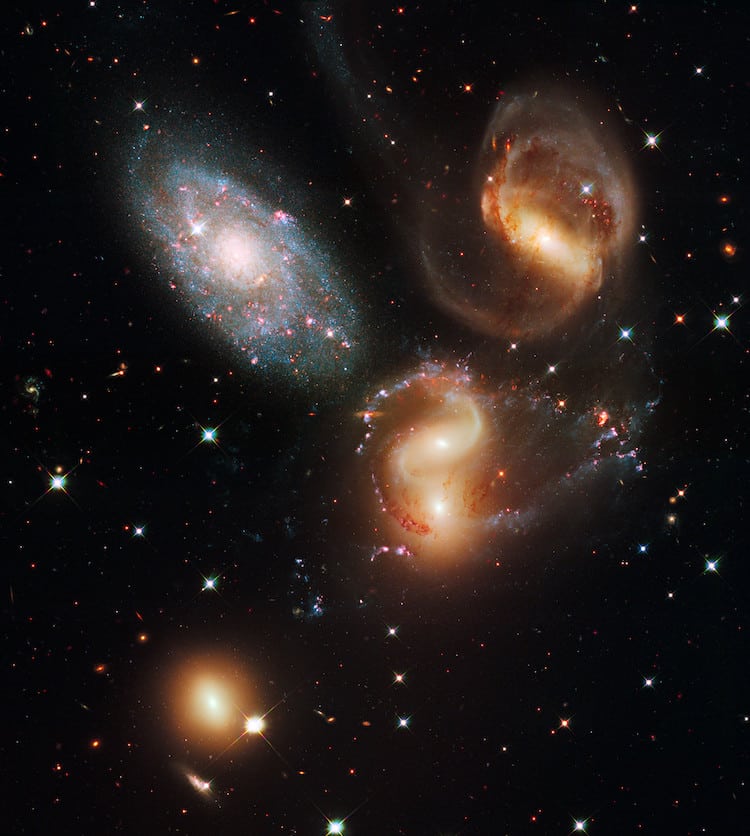
Stephan’s Quintet imaged in 2009 by Hubble Space Telescope. (Photo: NASA, ESA and the Hubble SM4 ERO Team)
But Webb’s photo, which is a composite of two cameras’ images, reveals how many stars were hidden from view.
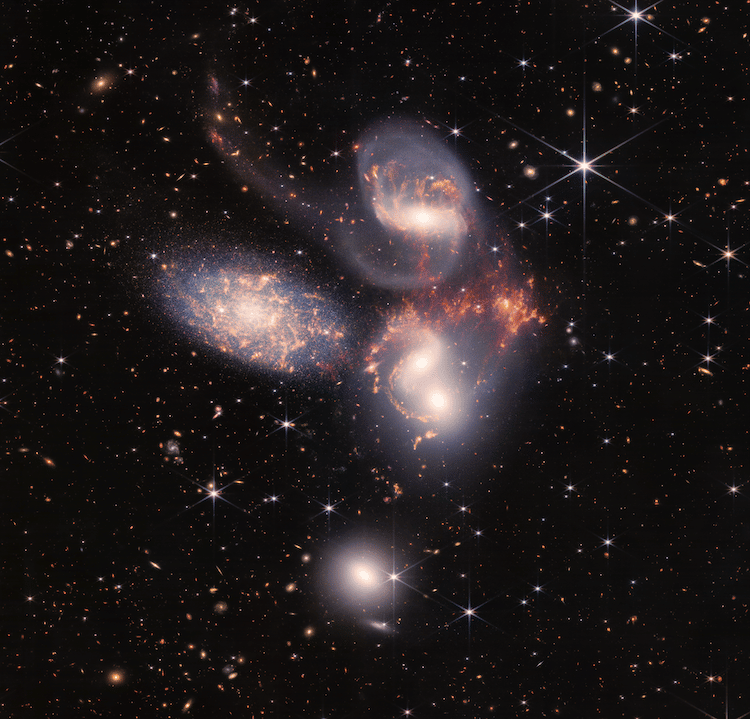
“Stephan’s Quintet” (Photo: NASA, ESA, CSA, STScI)
When viewed together, the difference is astounding.
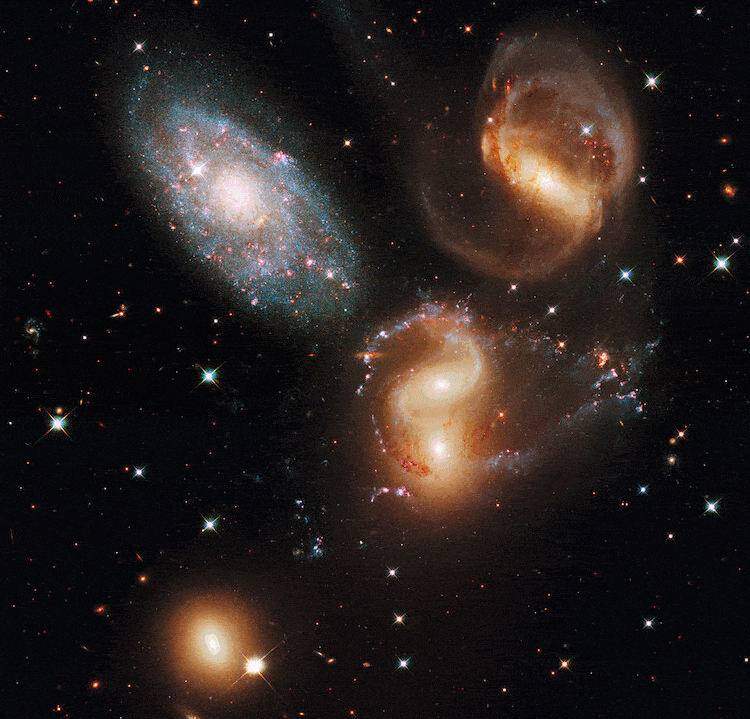
In 1998, Hubble photographed the Southern Ring Nebula, an expanding cloud of gas around a dying star.
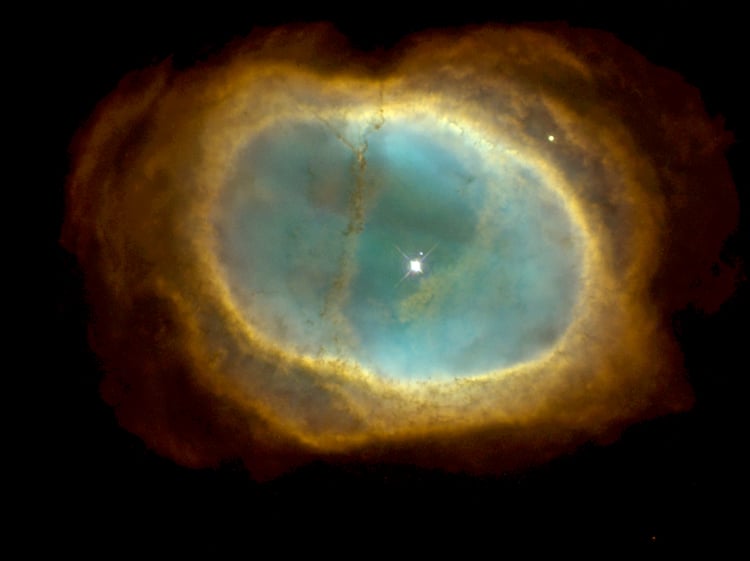
Southern Ring Nebula imaged in 1998 by the Hubble Space Telescope. (Photo: Hubble Heritage Team (STScI/AURA/NASA/ESA))
Webb’s NIRCam cuts through the haze to reveal much of what’s hidden under the gas.
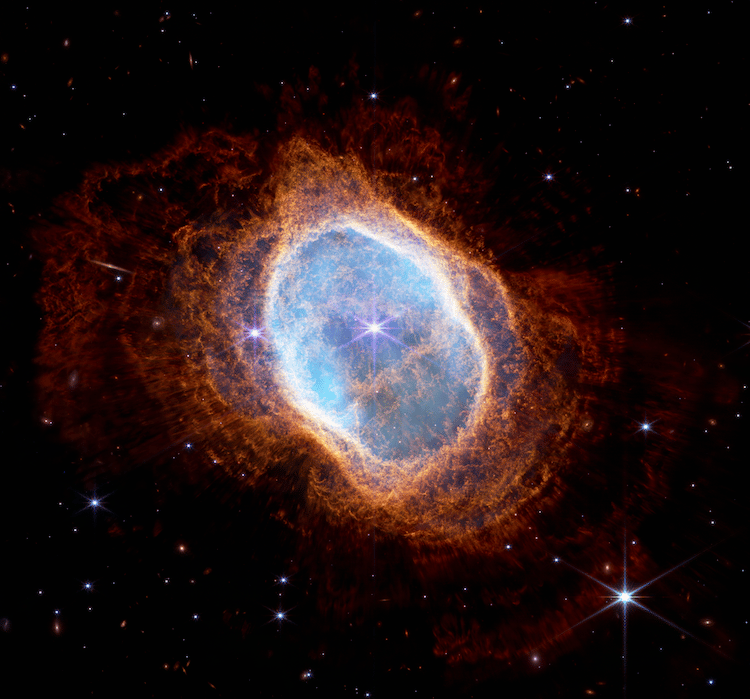
Southern Ring Nebula imaged by Webb Space Telescope’s NIRCam. (Photo: NASA, ESA, CSA, STScI)
See the haze fade away in this GIF.
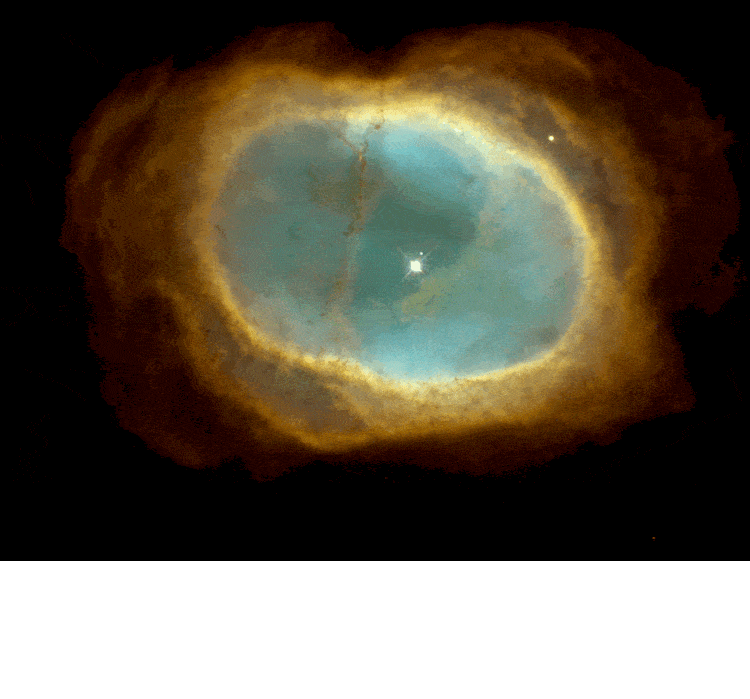
Bonus! Here’s a side-by-side comparison of the real Hubble and Webb.
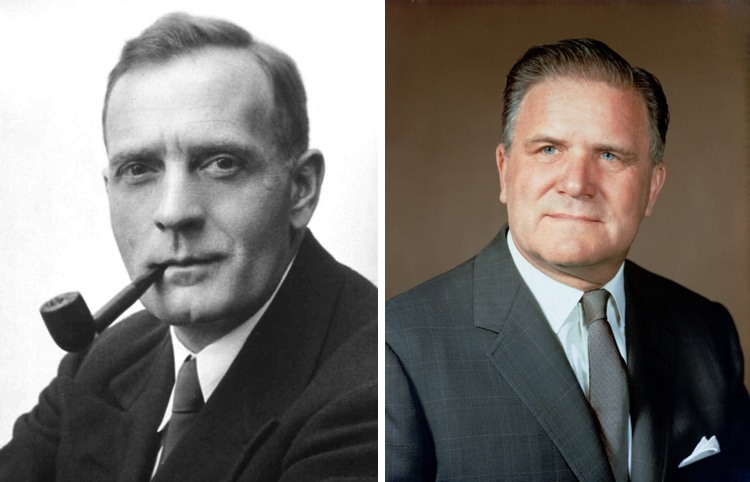
Left: Edwin Powell Hubble (1889-1953) (Photo: Johan Hagemeyer (1884-1962), Public domain, via Wikimedia Commons) | Right: James Edwin Webb (1906-1992) (Photo: NASA Johnson Space Center Media Archive, Public domain, via Wikimedia Commons)
Related Articles:
Hubble Space Telescope’s Most Breathtaking Images of the Universe
James Webb Space Telescope Has Enough Fuel to Stay in Space for 20 Years
NASA Reveals First Photo by James Webb Telescope Is Exceeding Expectations
NASA Releases 30 New Space Images for 30th Anniversary of the Hubble Telescope’s Launch
